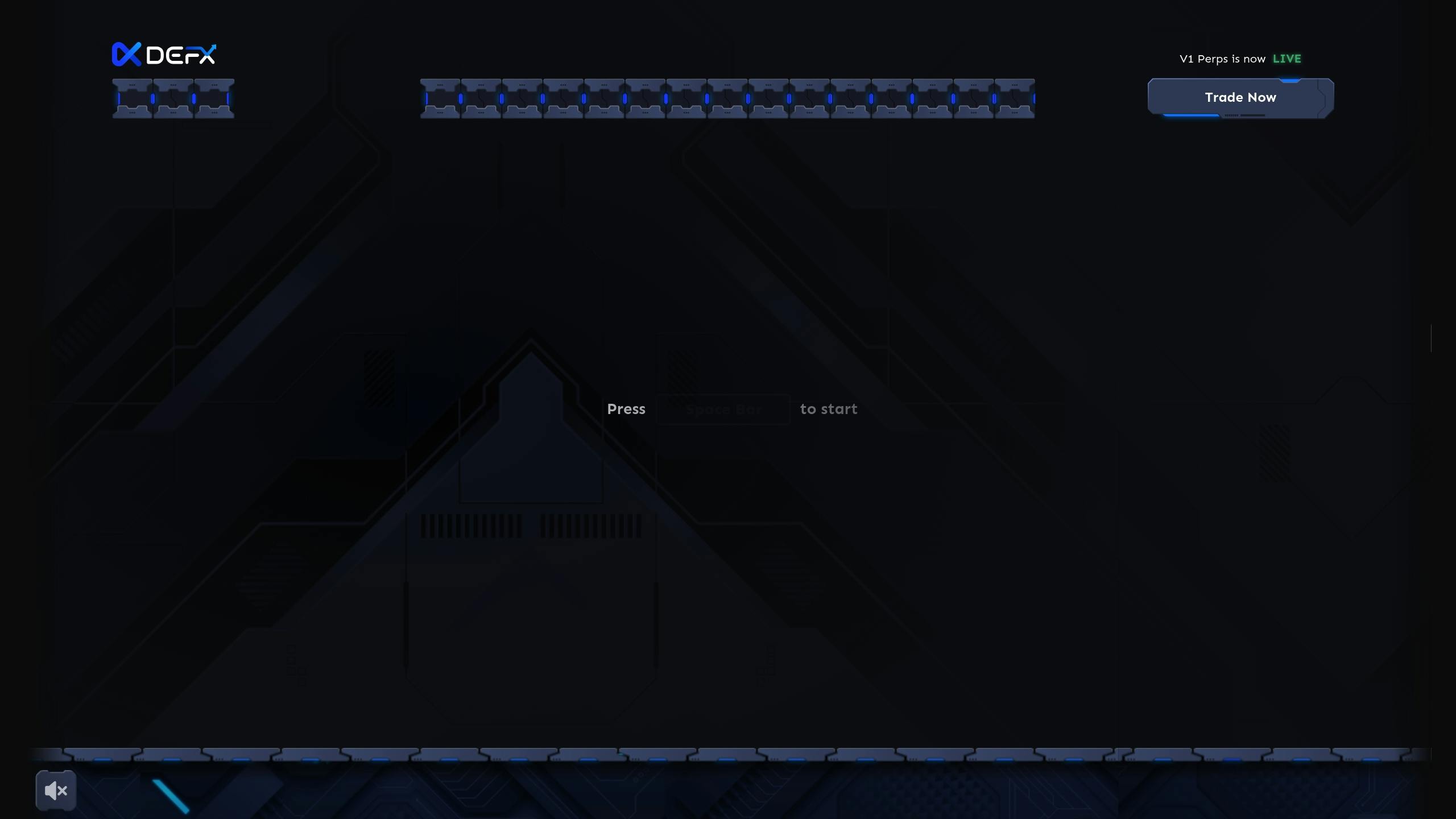- Why Incentives Matter: Liquidity providers earn fees and rewards like governance tokens, but they face risks like impermanent loss.
- Key Challenges:
- Managing impermanent loss to protect provider value.
- Balancing short-term rewards with long-term sustainability.
- Effective Strategies:
- Use vesting schedules and tiered rewards to encourage long-term participation.
- Implement dynamic fees to stabilize liquidity during market fluctuations.
- Protect against risks with external price oracles and diversified pools.
Quick Overview of AMM Incentive Programs
- Liquidity Mining: Rewards based on liquidity provided and duration.
- Trading Rewards: Encourage trading activity with fee rebates or bonus tokens.
- Governance Tokens: Allow providers to vote on protocol decisions and earn additional perks.
The future of AMM incentives will focus on aligning rewards with market conditions, improving risk management, and creating sustainable growth for decentralized trading platforms.
Key Design Principles for AMM Incentives
Balancing Immediate and Long-Term Rewards
Effective AMM incentives strike a balance between short-term payouts and ongoing rewards. To encourage sustained participation, consider using vesting schedules and tiered rewards. For example, governance tokens with extended vesting periods or fee shares that grow over time based on how long liquidity is provided can foster long-term commitment. Let’s dive into strategies that boost liquidity efficiency.
Strategies for Improving Liquidity
Rewarding the right behaviors can create more stable and efficient liquidity pools. Dynamic fee structures, which adjust based on market conditions and liquidity levels, are one way to achieve this. These structures can offer higher rewards for specific actions:
| Liquidity Provider Behavior | Mechanism | Impact |
|---|---|---|
| Holding Positions Longer | Increasing fee shares over time | Reduces volatility in pools |
| Contributing Larger Capital | Tiered reward rates | Strengthens overall liquidity |
| Supporting Strategic Asset Pairs | Extra rewards for high-demand pools | Improves market performance |
After addressing liquidity rewards, let’s look at how to protect providers from potential risks.
Managing Risks Effectively
Strong risk management is essential to minimize impermanent loss and prevent manipulation. Using external price oracles can help align pool prices with broader market rates, reducing harmful arbitrage opportunities.
Key risk management tactics include:
- Diversified Pools: Reduce volatility by including multiple assets in a pool.
- Fee Adjustments: Automatically adjust fees during periods of high volatility.
- Reliable Price Feeds: Use external price data to keep pool prices aligned with the market.
Applying these principles requires constant evaluation and fine-tuning. Successful AMMs stay adaptable in their incentive systems while maintaining transparency, ensuring they can respond to market changes and keep liquidity providers engaged.
What is a Liquidity Pool in Crypto? (How to PROFIT from Crypto LPs)
Types of AMM Incentive Programs
AMM platforms use various incentive systems to attract participants and maintain market stability. These programs build on core ideas like liquidity rewards and risk management, tailoring them to encourage participation and ensure balance.
How Liquidity Mining Works
Liquidity mining is one of the most common incentive methods. It rewards liquidity providers based on how much liquidity they supply and how long they keep it in the pool. By tying rewards to ongoing contributions, this approach encourages steady growth while helping to stabilize the platform.
Trading Rewards and Fee Systems
Trading rewards aim to encourage activity by reducing costs for traders, which also benefits liquidity providers indirectly. Many AMMs use tiered fee systems – offering perks like fee rebates or bonus tokens for high-volume traders. Some protocols even adjust fees dynamically during volatile market conditions. Additionally, community governance often plays a role in shaping these systems to align with the interests of both traders and providers.
Governance Token Benefits
Governance tokens give participants a voice in the platform’s decisions. Holders can vote on important topics like fee changes, adding new asset pairs, protocol upgrades, and reward distribution methods. Beyond voting, these tokens often come with extras like revenue sharing or early access to new features, creating a sense of ownership and commitment to the platform’s future.
sbb-itb-dd9e24a
AMM Incentive Examples
AMM incentive programs come with both benefits and challenges.
Examples of Successful Programs
Gauntlet ties rewards to liquidity based on trading volume and how long liquidity is provided, encouraging participants to stay engaged over time. Chintai uses an LP token model that links rewards directly to contributions, offering proportional ownership stakes. This approach helps maintain stable liquidity, even during market fluctuations. These strategies highlight what works well, especially compared to common issues in other systems.
Mistakes Commonly Seen in Programs
Some protocols rely on offering large upfront rewards to attract liquidity. While this can work initially, it often leads to a sharp liquidity drop once the incentives decrease. Overemphasis on short-term rewards can destabilize liquidity pools and hurt the platform’s overall performance. The root of these problems often lies in poor risk management and lack of protection against impermanent loss. Platforms like Defx, however, take a different approach to avoid these issues.
How Defx Handles Incentives

Defx has developed a more balanced incentive model to tackle these challenges. Operating on Ethereum and Solana, Defx blends AMM functionality with unique features that encourage participation naturally. By addressing impermanent loss and carefully structuring rewards, Defx ensures long-term liquidity – a key focus of its design. The platform goes beyond basic token rewards, creating a durable incentive system that supports a strong trading environment, especially through its leveraged trading options.
Key Takeaways
Creating effective AMM incentive structures requires a careful balance between risk, rewards, and long-term viability. The best strategies prioritize managing risk and aligning with liquidity providers’ objectives instead of simply offering large initial payouts.
Features like impermanent loss protection and governance participation play a major role in ensuring stable liquidity. These elements are the foundation for building stronger and more adaptable incentive systems.
What’s Next for DeFi Incentives?
As the space matures, new models will aim to better align rewards for liquidity providers with real market conditions. DeFi incentives are advancing to include tools like external oracles and more sophisticated risk management strategies. Many protocols are now blending traditional liquidity mining with governance-driven rewards in hybrid models.
Emerging ideas, such as integrating flash swaps, are improving market efficiency. The focus is shifting from solely token-based rewards to broader ecosystem-driven incentives. The future of AMM incentives will likely revolve around risk-adjusted rewards and more refined ways to compensate liquidity providers, addressing the challenges of earlier models. Continuous updates and refinements will be key to achieving long-term success.
